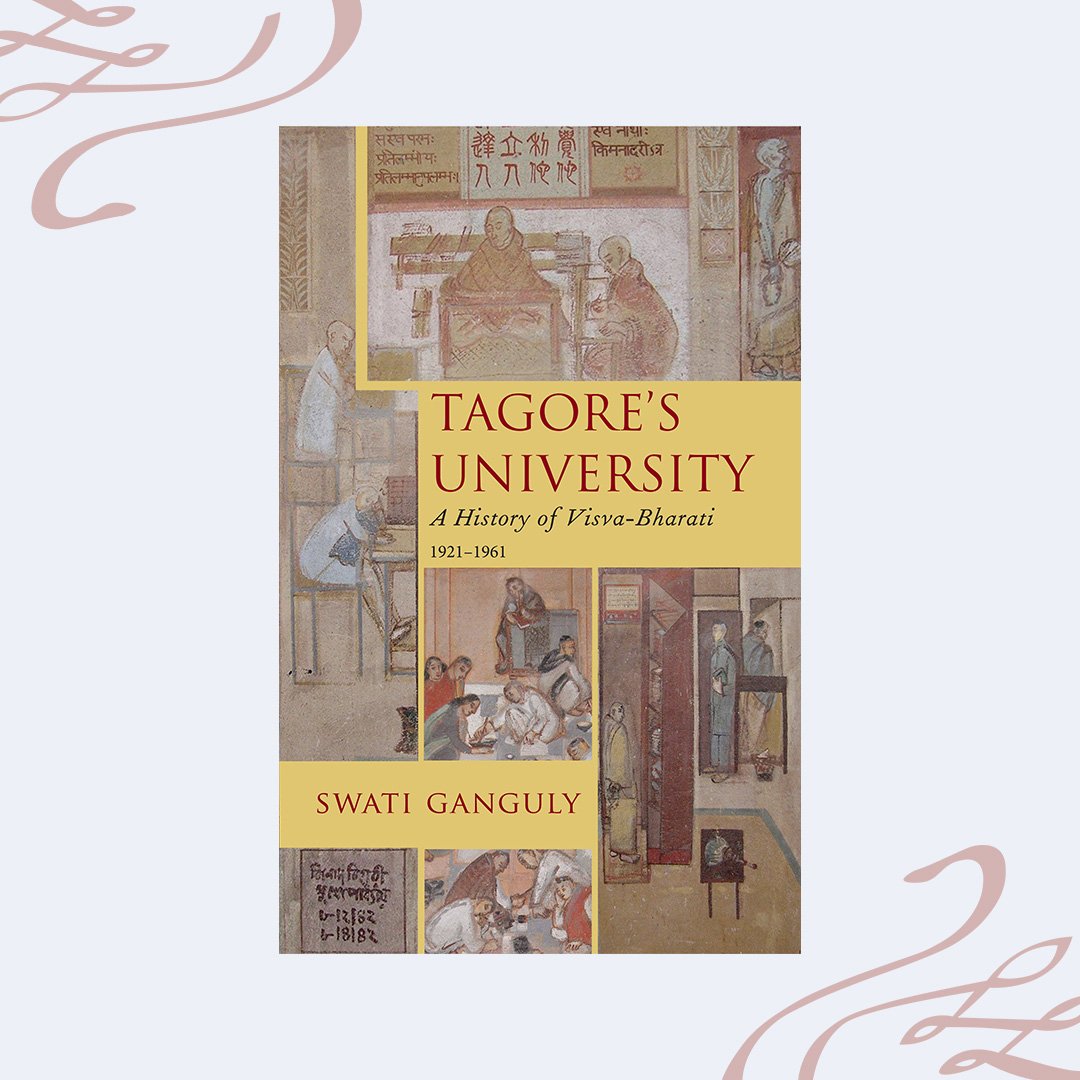NIF book by Swati Ganguly
Tagore’s University: A History of Visva-Bharati 1921–1961
Swati Ganguly
Swati Ganguly is Professor of English at the Department of English, Visva-Bharati. Her interests include Rabindranath Tagore and his times, European Renaissance, feminist studies, women’s writing, translation studies and theatre. She received the Charles Wallace Fellowship for translation studies in 1996, and has translated and co-edited The Stream Within (1999) compiling contemporary Bengali women’s short stories. She has also co-edited two anthologies of essays on Rabindranath Tagore. She writes fiction in Bengali and is an occasional painter. She is the co-founder of Ebong Alaap, a non-profit society based in Kolkata focussing on education and gender.
Tagore’s University: A History of Visva-Bharati 1921–1961 by Pradeep Magazine by Swati Ganguly
Tagore’s University is a history of Visva-Bharati, the world centre of learning and culture founded by Rabindranath Tagore a hundred years ago. The poet’s conception entailed several autonomous centres – for Asian studies, the visual arts, music, and rural reconstruction – in defiance of the standard notions of a university. Visva-Bharati was set up to break barriers between nations and races by rebuilding in miniature the visva – the world torn apart by World War I. The book traces the first four decades of this large experiment in building a cultural community of learning, teaching, and scholarship. It tells the story of exceptional individuals from across Europe, Asia, America, and India who became Tagore’s collaborators in a mini-universe of creativity and humane intellection. It reveals why in its heyday Visva-Bharati was so internationally renowned as an extraordinarily attractive institution. Swati Ganguly explores the many achievements of what Tagore called his “life’s best treasure”. She also narrates changes in the material life and spirit of the place after Tagore, when it was shaped by the larger forces of a newly independent India. Archives, memoirs, official documents, and oral narratives come alive in this compellingly written and little-known history of an institution that once redefined tradition and modernity.


